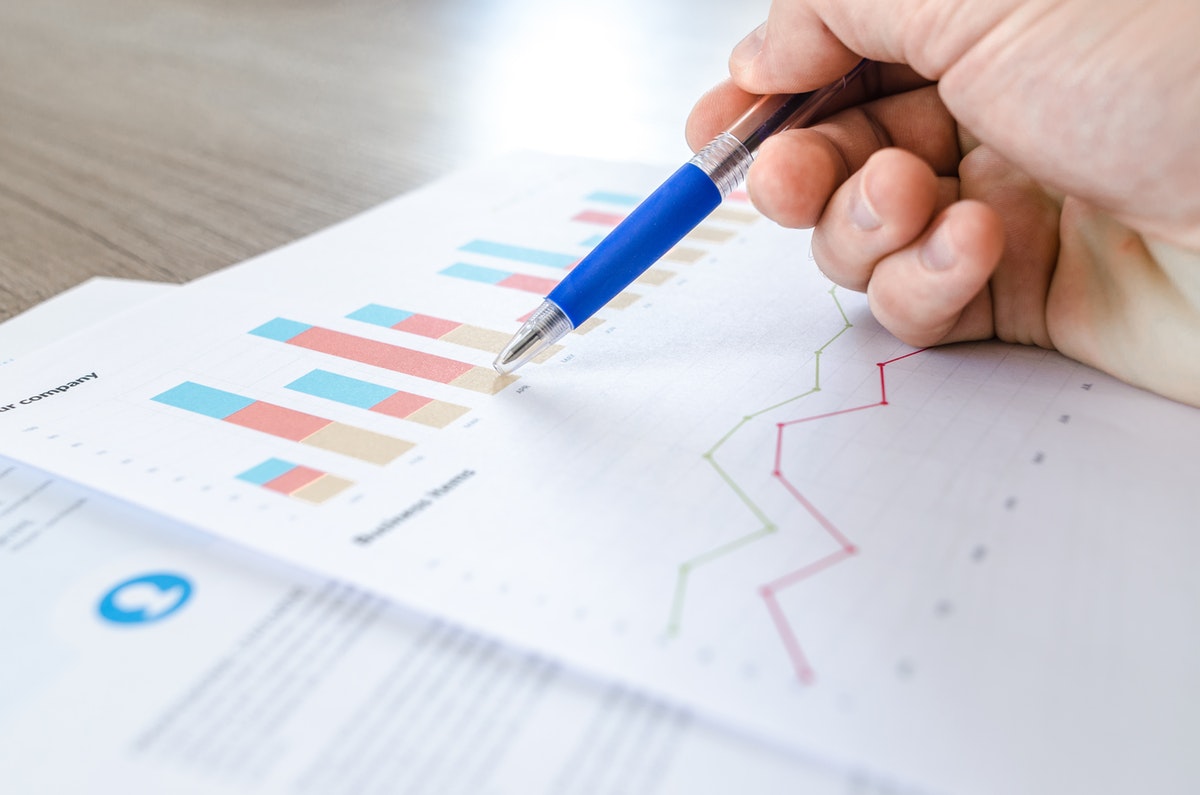5 tips for entrepreneurs to calculate working capital

Entrepreneurship is one of the hot topics of discussion in the business circles since it is the area which is being globally promoted and young graduates, especially from a technology background, are encouraged to become an entrepreneur rather than being a 9-5 corporate slave.
When entrepreneurs enter into the business world, they face several challenges that may require their undivided attention to resolve them. The experience is the key to convert a business into a success story, and the experience only comes with time, but at this time, when knowledge is just a click away, one can also learn from the experiences of others to avoid the same mistakes that others committed.
One of the common mistakes is a miscalculation of the working capital that can, sometimes, wreak havoc and threaten the survival of your business. According to a study, the first year of the startup witnesses the failure of 20% of the companies that shows there are shortcomings in the calculation which prove fatal to the companies.
Some may argue that it is as easy as ABC to calculate the net working capital formula since even a business student knows that if you minus Current Liabilities from Current Assets, you will get the Working Capital. Mathematically, it is true, but what about the practicality which tells us to see all the related factors before calculating working capital. Here, we are sharing the five tips for entrepreneurs to calculate working capital and do business like a pro and avoid potential losses due to miscalculations.
Know your expenses well
It is an essential step before calculating the working capital that you should know all your costs for at least a year to come. You should include even minor details in the expenses and make sure you do not forget any liability. It is better to keep ahead of miscellaneous expenditures in budgeting to support unforeseen costs in the future.
Length of an operating cycle
There are certain tangible assets involved in the production process, as well as bills that block your cash flow until these products are sold off. The period between conversions of these tangible assets into cash is called the length of the operating cycle, and it varies from business to business. Some companies may have a short working period like Fast-Moving Consumer Goods (FMCG) products, and some may have an extended period, such as buildings that take a lot of time in preparation. So, you should know what length of the operating cycle is involved in your business. If the operating cycle is an extended period, you will require more cash flow to survive that period.
Pros and cons of positive and negative working capital
If your working capital is more than the liabilities, that is a good sign, and you can manage the expenses of your company smoothly and even expand the business if required at any stage without taking business loans. However, if the working capital is less than the liabilities, you would have to go for a business loan or would squeeze your expenses and delay obligations that are not good for an entrepreneur at all. You have to create a balance between your capital and liabilities smartly.
Save for the rainy days
Many businesses do not make sales round the clock or 12 months in a year. The deals are not equivalent all the time for these services and products, and they experience sudden fluctuation in specific periods. You have to factor in these details while calculating your working capital and save some money for the rainy days when your payment blocks in the form of products, and the sales graph is also down. Usually, FMCG products do not witness rapid fluctuation in sales as they are always in demand.
Be mindful of the inflation rate
You should be aware of the inflation rate and see the chart of at least the last ten years to get an idea about the trend in inflation. It is highly subjective and depends on the country and state you are doing business in and the country from where you’re importing raw material. According to the U.S. Labor Department, the annual inflation rate in the country has been 1.7% for the last 12 months ended in September 2019. It may not be the case for you if you belong to another region of the world. You have to prepare a contingency plan and factor in the inflation rate because if not taken into consideration, your working capital formula will not give you the safe estimates.
Conclusion
The formula to calculate working capital may seem simple, but in actual, it requires a lot of factors to be taken into consideration to get the close-to-real figures. Otherwise, you will face serious issues. You may be short of cash, meet liquidity constraints, and won’t be able to pay off liabilities on time, which is not suitable for an entrepreneur.